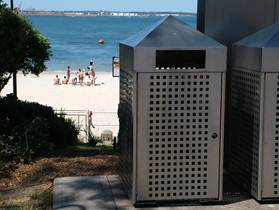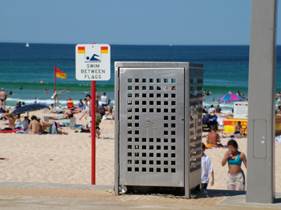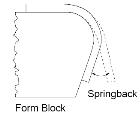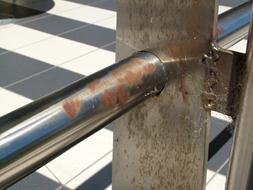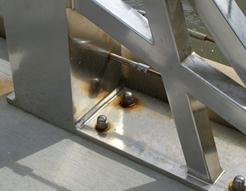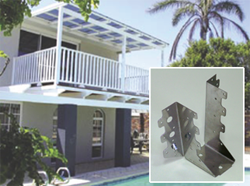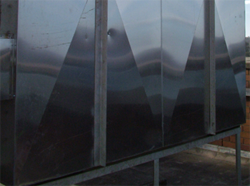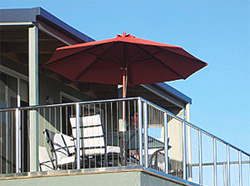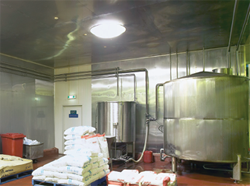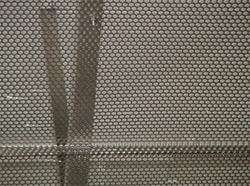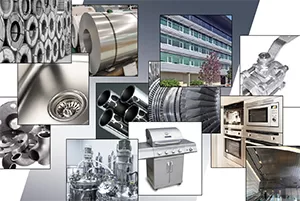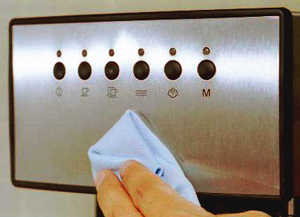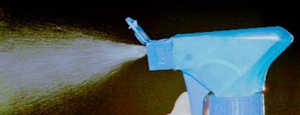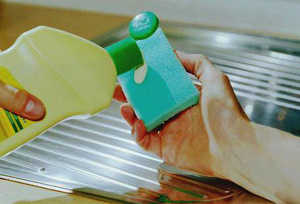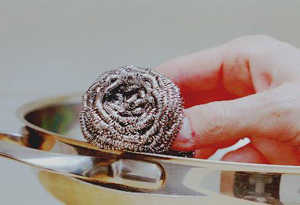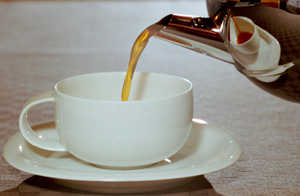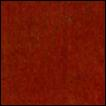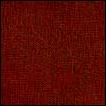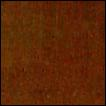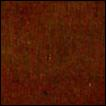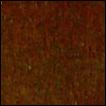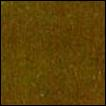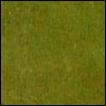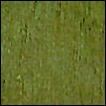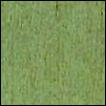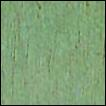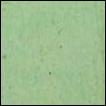Austral Wright Metals is Australia’s leading supplier of the copper and brass products, carrying a huge range of items nationwide.
Whilst copper wire is not stocked by Austral Wright Metals, we have excellent overseas supplier to consider your enquiry.
The superior qualities of copper in particular makes it the ideal product in a vast range of commercial, industrial and domestic applications electric wire applications. So lets delve into what copper wire is.
What are the benefits of using copper wire?
Copper wire, with its exceptional conductivity and malleability, has long been the gold standard in electrical applications. Its low electrical resistance ensures efficient energy transmission, making it indispensable in a wide array of industries. From telecommunications to renewable energy systems, it plays a pivotal role in powering the world’s technological advancements.
Copper is an excellent conductor of electricity, making it ideal for transmitting electrical signals with minimal loss. It can be easily drawn into thin wire without breaking, allowing for flexibility in its application.
Copper has natural corrosion resistance, making it suitable for use in outdoor and high-moisture environments without significant degradation over time.
Copper also has high thermal conductivity, allowing it to efficiently dissipate heat. This property is valuable in applications where heat dissipation is crucial, such as in electrical wiring and electronic devices.
Copper is a durable material that can withstand mechanical stress and environmental factors, leading to long-term reliability in various applications.
Copper is highly recyclable, making it an environmentally friendly choice. Recycled copper retains its quality and properties, reducing the need for virgin copper production and minimizing environmental impact.
Copper is non-toxic and poses no health risks to humans or the environment. appliances.
Types of copper wire
Bare wire
This type of wire is made solely of copper without any insulation or coating. It is primarily used in electrical conductor grounding systems and as a conductor in overhead power transmission lines.
Insulated wire
Insulated copper wire is coated with an insulating material such as PVC (Polyvinyl Chloride) or Teflon to protect the copper conductor from damage and to prevent electrical leakage. It is widely used in electrical systems for residential, commercial, and industrial buildings.
Stranded Wire
Stranded copper wire consists of multiple small strands of copper wire twisted or braided together. This design enhances flexibility and durability, making it suitable for applications where the wire may be subject to bending or vibration, such as in appliances, automotive wiring, and electronic devices.
Solid wire
Solid copper wire is composed of a single, solid strand of copper. It is commonly used in permanent electrical installations where flexibility is not a requirement, such as in outlets, switches, connectors and junction boxes.
Tinned wire
Tinned copper wire is plated with a thin layer of tin, which provides additional protection against corrosion and oxidation. It is often used in marine environments, automotive applications, and soldering projects where solderability is required.
Magnet wire / enameled wire
Magnet wire is insulated with a thin layer of enamel, allowing it to be tightly wound into coils without risk of short circuits. It is commonly used in the construction of electrical motors, transformers, and inductors.
Twisted pair wire
Twisted pair copper wire consists of two insulated copper wires twisted together in a helical pattern. This configuration helps reduce electromagnetic interference (EMI) and crosstalk, making it ideal for telecommunications and networking applications, such as Ethernet cables.
These are just a few examples of the many types of copper wire available, each designed to meet specific requirements for conductivity, flexibility, insulation, and environmental conditions.
Our range at Austral Wright Metals
This is a non-stocked product, however we welcome your enquiry. Click here to send us your requirements and obtain further details on what we can provide.
Why choose Austral Wright Metals
Austral Wright Metals is a well-regarded supplier of stainless steel, copper, and other high-performance metals. Choosing Austral Wright Metals can offer several advantages.
Austral Wright Metals is known for providing high-quality materials that meet industry standards and specifications. Their products undergo rigorous quality control processes to ensure consistency and reliability.
The company employs knowledgeable and experienced professionals who can provide technical support and assistance to customers. Whether it’s selecting the right material for a particular application or providing guidance on fabrication techniques, their expertise can be invaluable.
We are committed to delivering excellent customer service. They strive to understand their customers’ needs and provide prompt and personalized assistance throughout the purchasing process, from inquiries to delivery.



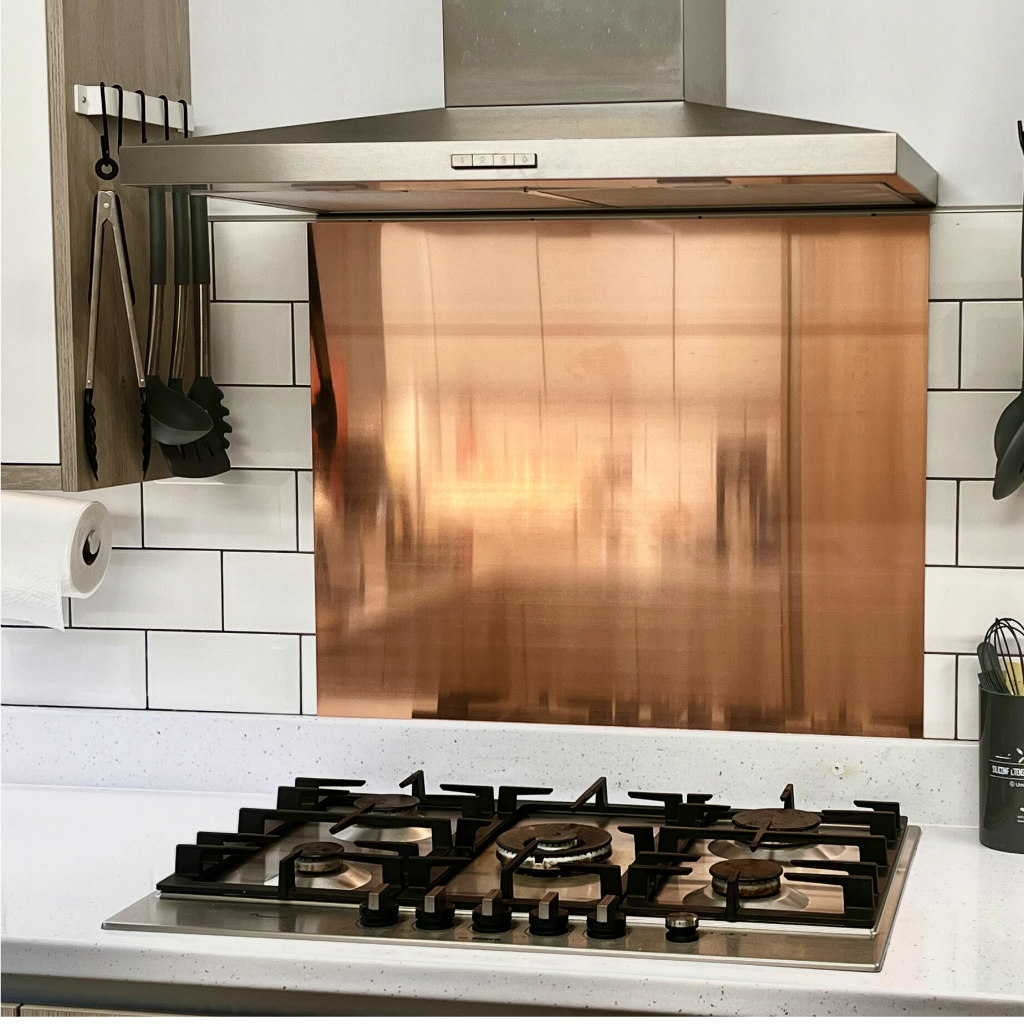
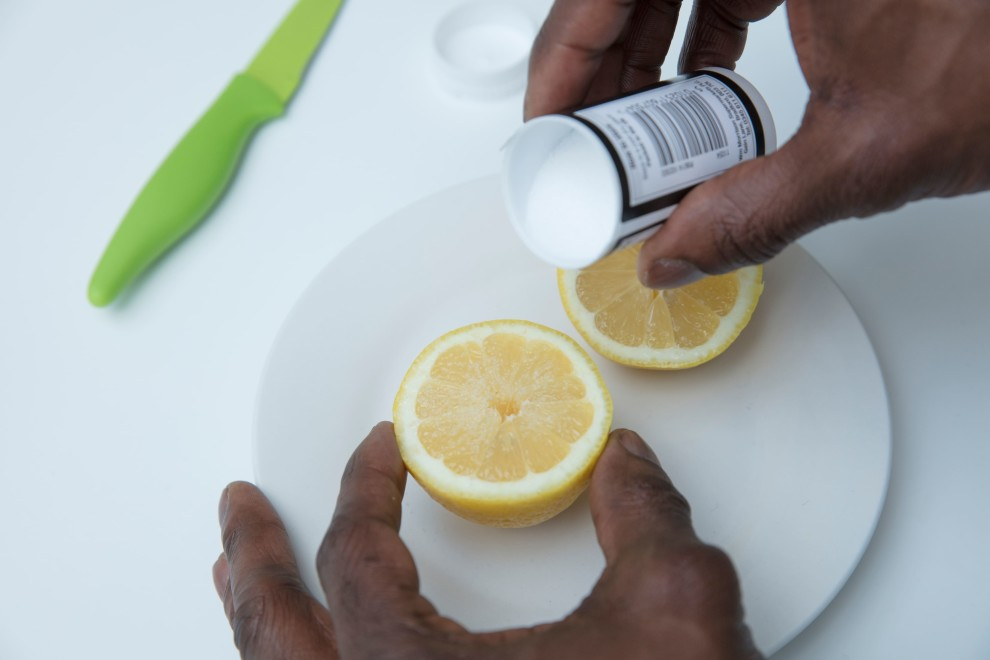



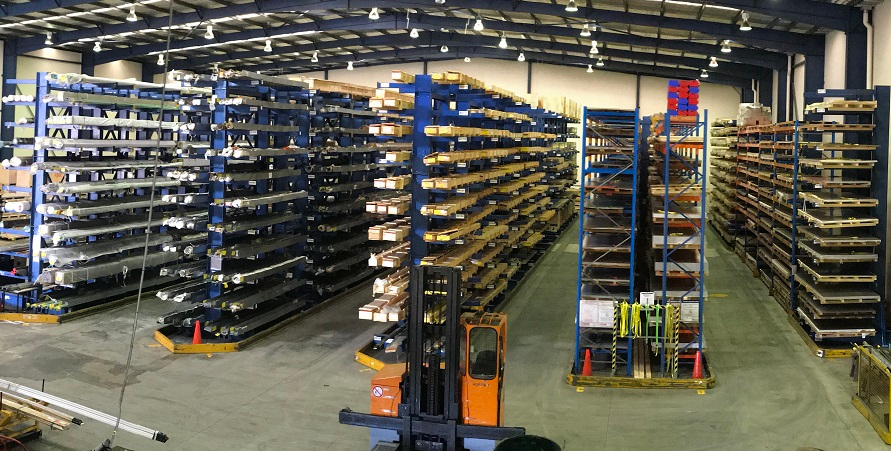

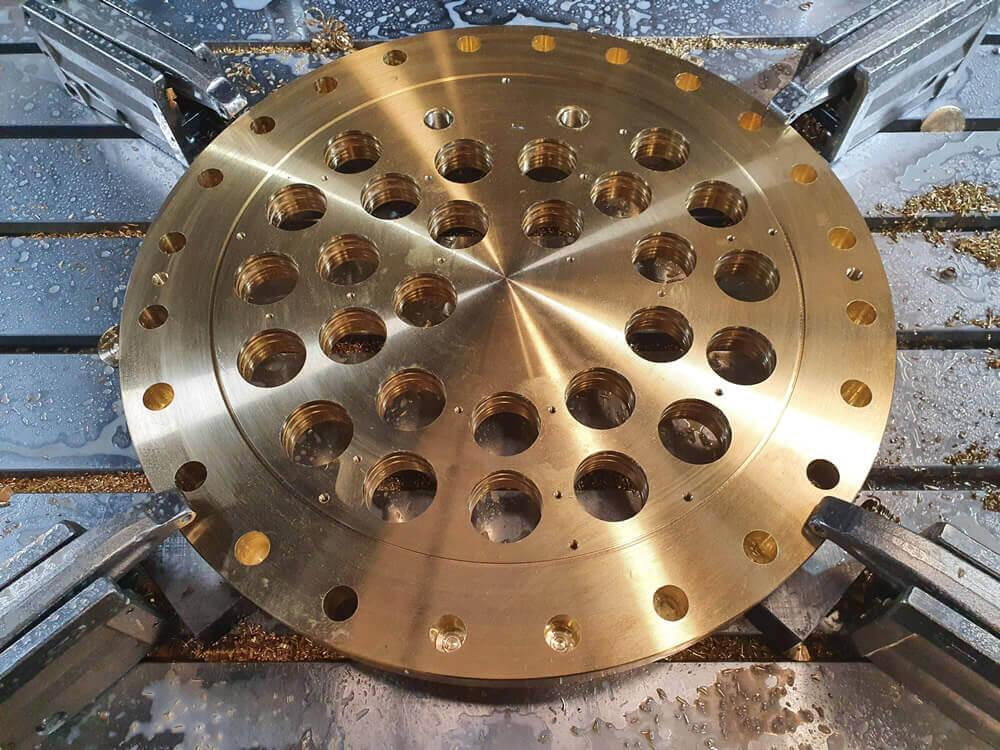
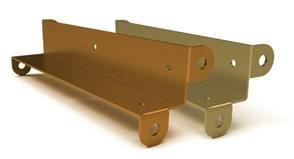
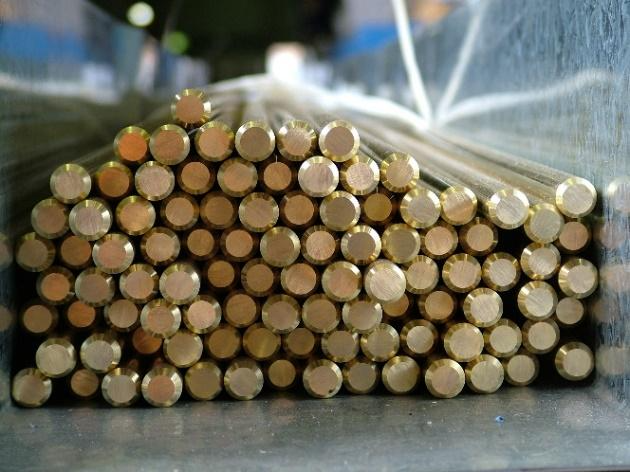
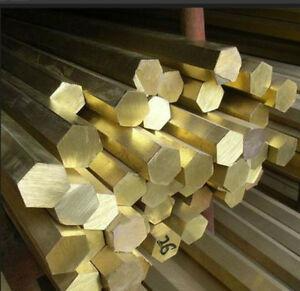
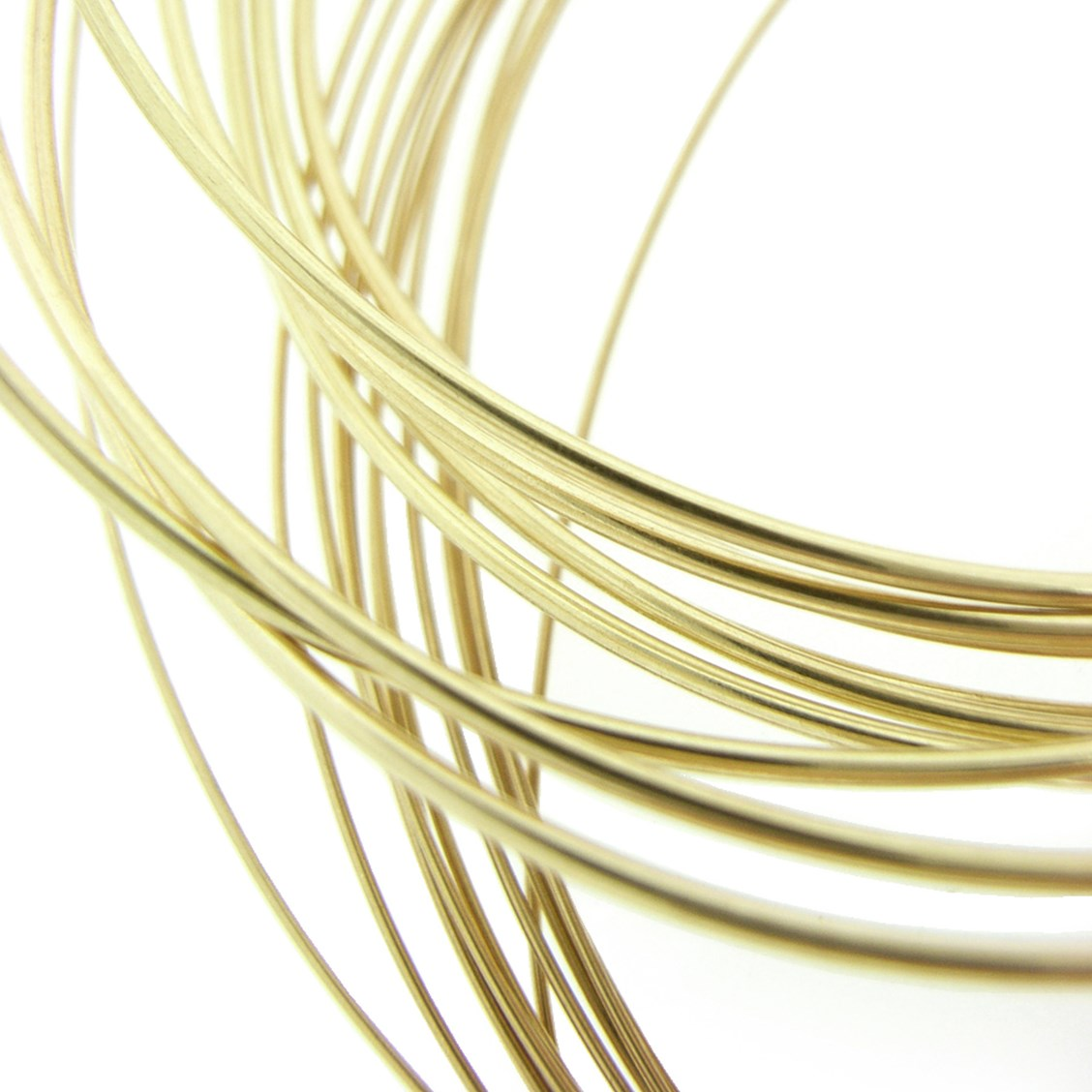
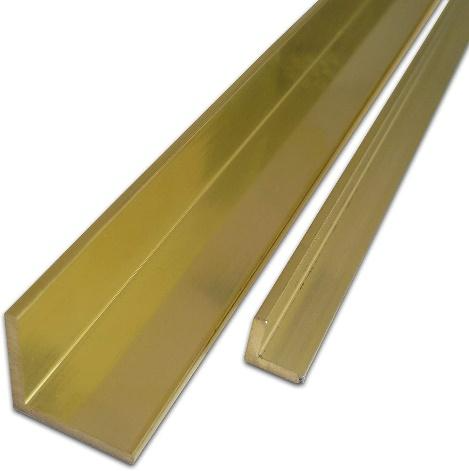

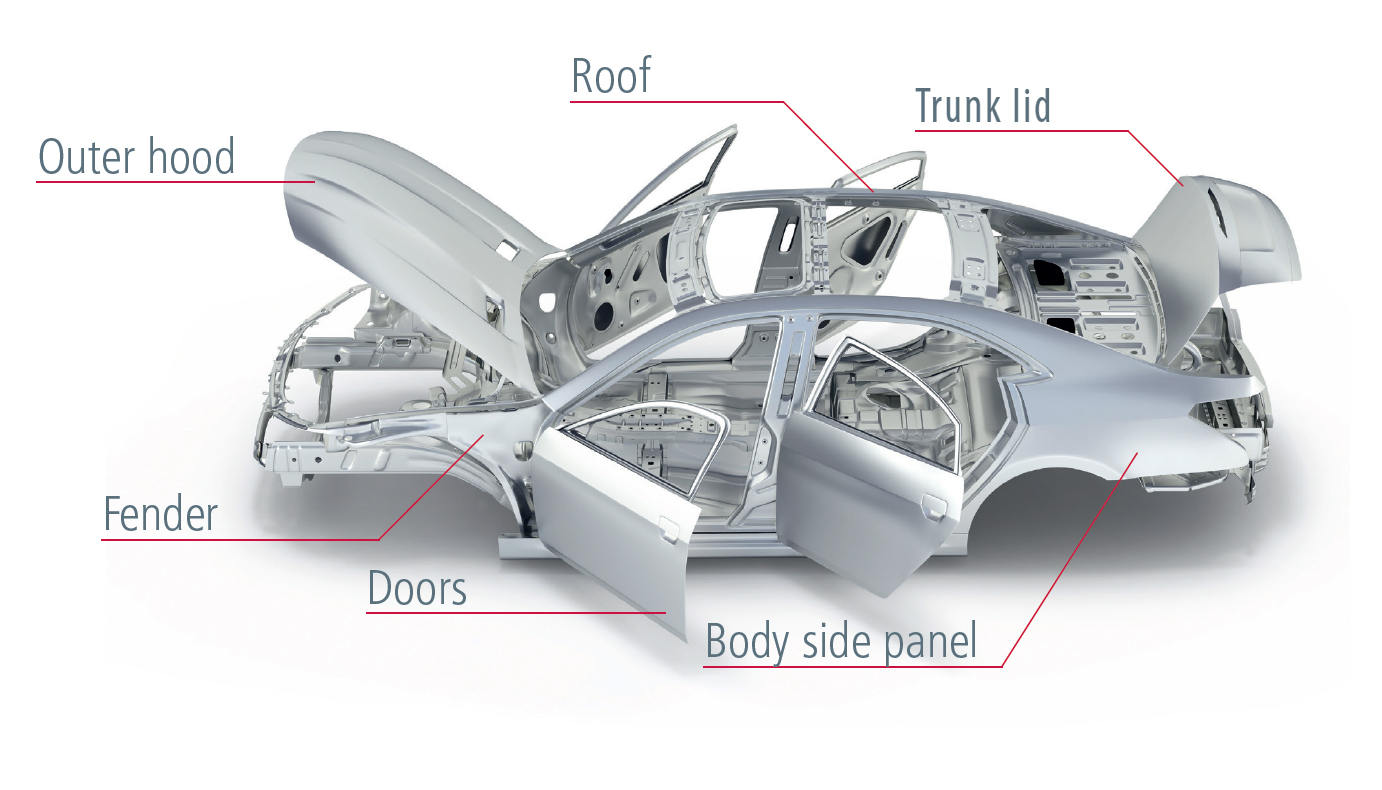

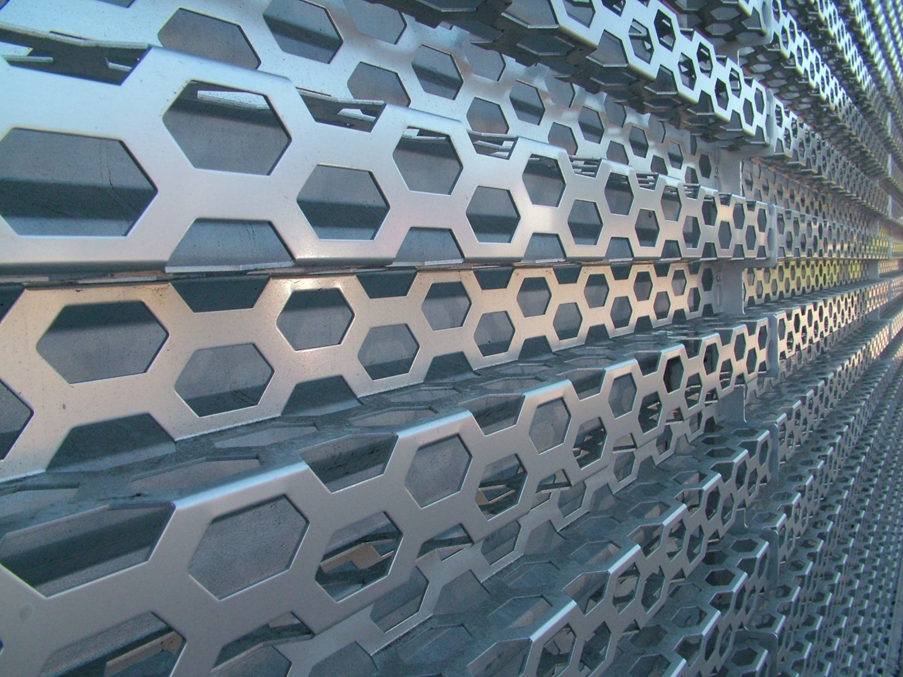
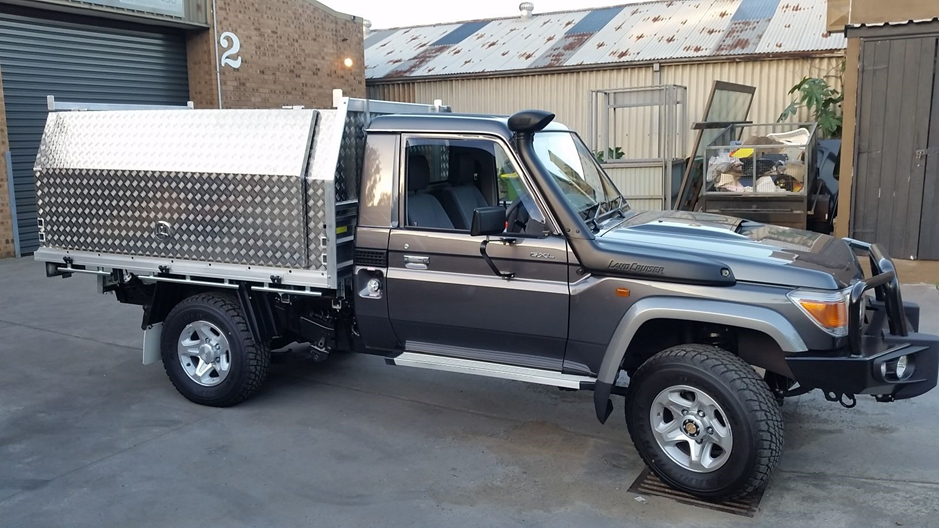
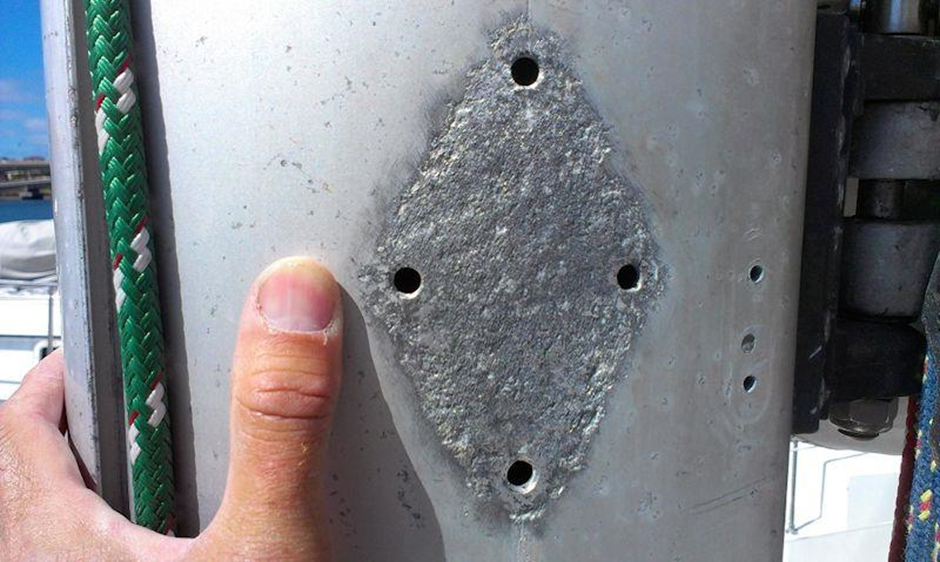

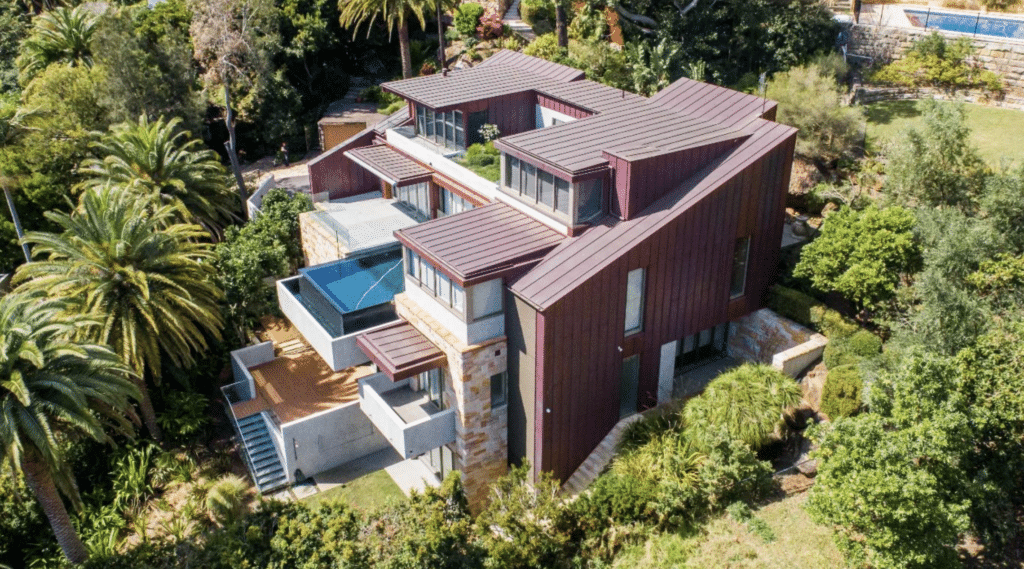
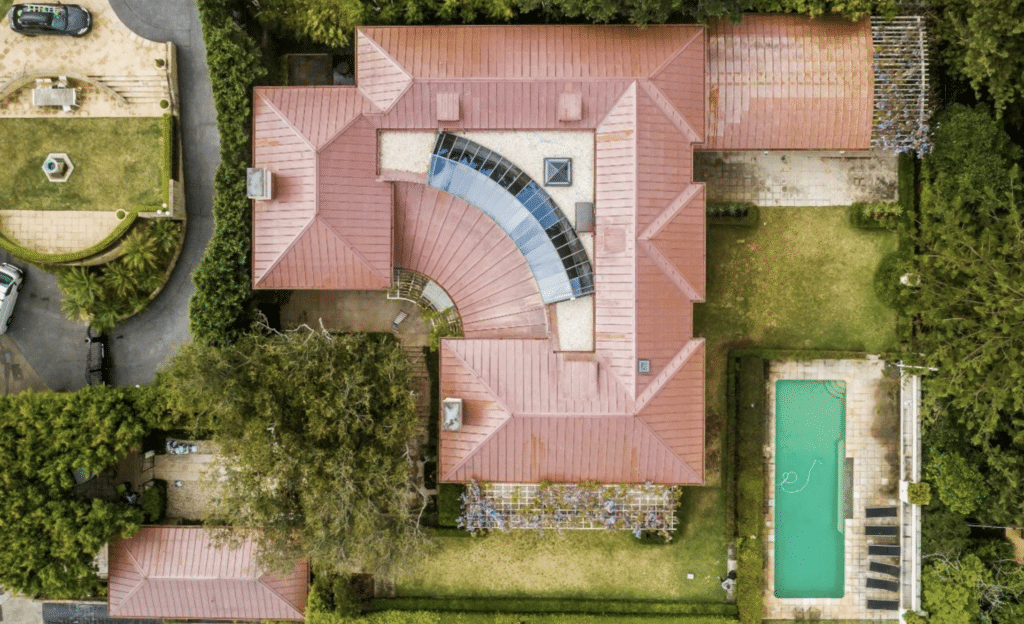

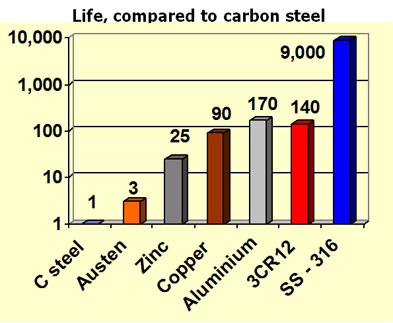
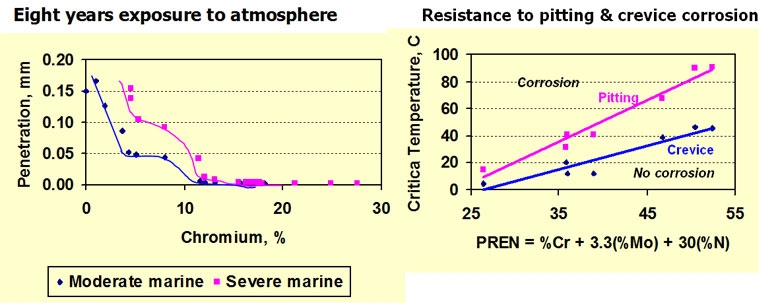
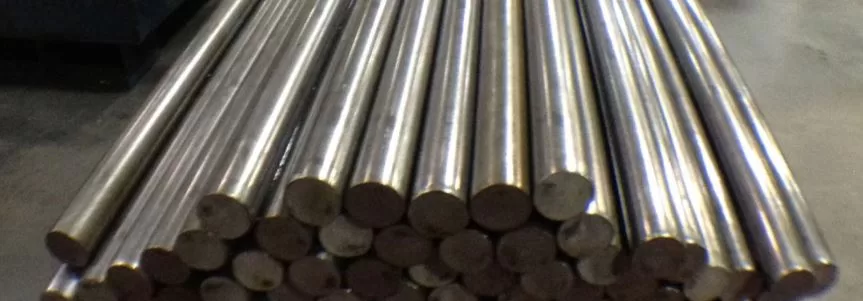
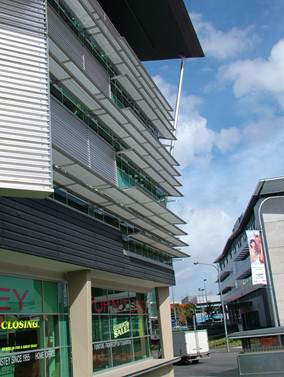 Design with AWM 404GP® & 445M2 is the same as with all stainless steels, plus a few restrictions. They are usable only from 0°C to 400°C, and are not qualified for structural or pressure applications. Otherwise, the rules are the same – ensure free drainage, avoid ponding and dirt traps, etc. Dissimilar metals / galvanic corrosion behaviour is the same as with the common grades 304 & 316 – avoid contact in water with more active metals such as aluminium, carbon steel and galvanised steel, all of which corrode more rapidly when coupled to stainless steel. Contact of AWM 404GP® & 445M2 with other stainless steels will not cause problems, even in water. Nor will contact with brass or copper, unless absolutely no corrosion of the brass or copper can be tolerated.
Design with AWM 404GP® & 445M2 is the same as with all stainless steels, plus a few restrictions. They are usable only from 0°C to 400°C, and are not qualified for structural or pressure applications. Otherwise, the rules are the same – ensure free drainage, avoid ponding and dirt traps, etc. Dissimilar metals / galvanic corrosion behaviour is the same as with the common grades 304 & 316 – avoid contact in water with more active metals such as aluminium, carbon steel and galvanised steel, all of which corrode more rapidly when coupled to stainless steel. Contact of AWM 404GP® & 445M2 with other stainless steels will not cause problems, even in water. Nor will contact with brass or copper, unless absolutely no corrosion of the brass or copper can be tolerated.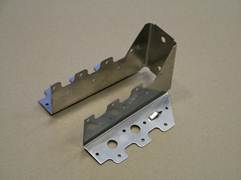 Blanking, punching, and piercing can be carried out without lubrication, but lubricant reduces the power required and improves the tool life. Lubricants used include emulsifiable chlorinated waxes/oils, wax based pastes, soluble oils, and soap plus borax. Even kerosene will improve tool life & product quality. Clearance between the punch and the die is important. For the thinnest material a starting clearance of 0.025mm per side is suggested, 5-10% of material thickness for thicker sheet. Clearances are best determined by experience with carbon steel – not stainless steel – and by examination of the sheared edges – look for shear / burnishing on about ½ of the edge. Reduce the clearance if it is more.
Blanking, punching, and piercing can be carried out without lubrication, but lubricant reduces the power required and improves the tool life. Lubricants used include emulsifiable chlorinated waxes/oils, wax based pastes, soluble oils, and soap plus borax. Even kerosene will improve tool life & product quality. Clearance between the punch and the die is important. For the thinnest material a starting clearance of 0.025mm per side is suggested, 5-10% of material thickness for thicker sheet. Clearances are best determined by experience with carbon steel – not stainless steel – and by examination of the sheared edges – look for shear / burnishing on about ½ of the edge. Reduce the clearance if it is more.
